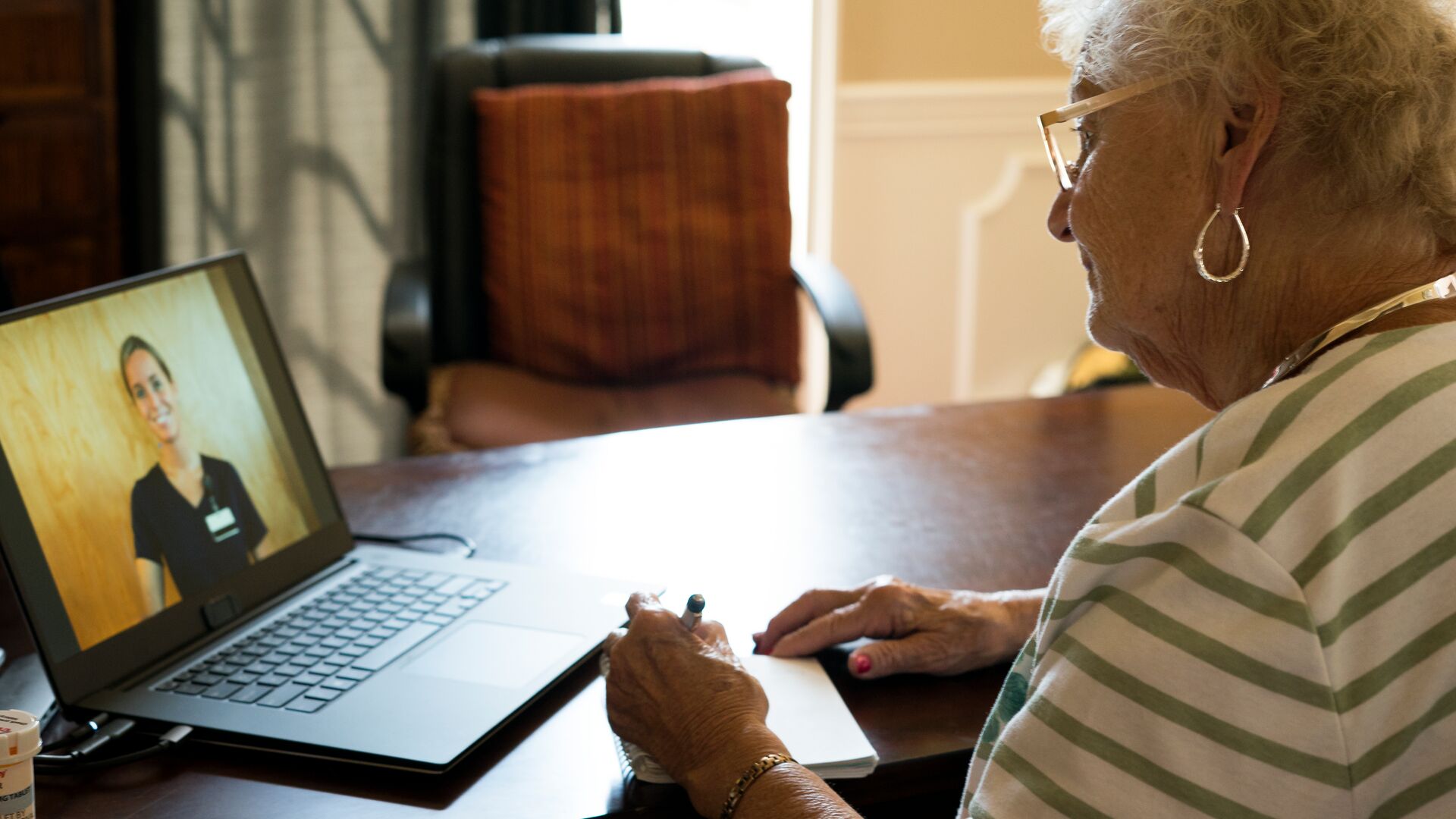
The CareSide, a home care service provider based in Western Australia, has published a report on Australians’ perception of telemedicine, gauging their comfort with its technology and preference between teleconsultations and in-person visits.
In January this year, it surveyed 1,122 Australian adults, categorising them by age brackets: 74% were aged 18-39, 20% were 40-64 years old, and 6% were aged 65 and above.
FINDINGS
In the report, 56% of respondents aged 65 and above indicated that they were comfortable using telemedicine. CareSide found this surprising considering the challenges seniors usually face such as physical limitations like reduced eyesight and limited hearing, along with a lack of familiarity with new technologies. However, they mentioned that this may be due to necessity, as COVID-19 pushed many people to use telemedicine.
The survey also found that across all ages, respondents prefer in-person visits to teleconsultations. This is probably because of the latter’s limitation in meeting patients’ needs. “When you need labs, a biopsy, or a physical exam, your provider will need to see you in person. Perhaps this preference for in-person is simply an acknowledgement that many health needs can’t be met by a telehealth visit,” CareSide mentioned.
THE LARGER TREND
Last week, the Australian federal government announced that it is subsidising two new Medicare items that will enable 20 minute or longer teleconsultations. This came as more states and cities are being placed under lockdown due to threats of the highly transmissible COVID-19 Delta variant.
The Australian government has been providing telehealth services since last year March. It has extended its provision until yearend with an additional A$ 114 million ($ 88 million) budget.
ON THE RECORD
“People may want the human connection of an in-person visit, but telemedicine is convenient – especially for people with mobility challenges and for people who live in rural areas. Now that the pandemic has provided [an] impetus for many providers to offer telemedicine options, and for patients to learn to use them, it’s likely that telehealth will continue to be a key aspect of healthcare. It can never replace in-person care, but it can supplement it in important ways, and that’s likely to continue,” CareSide concluded.
